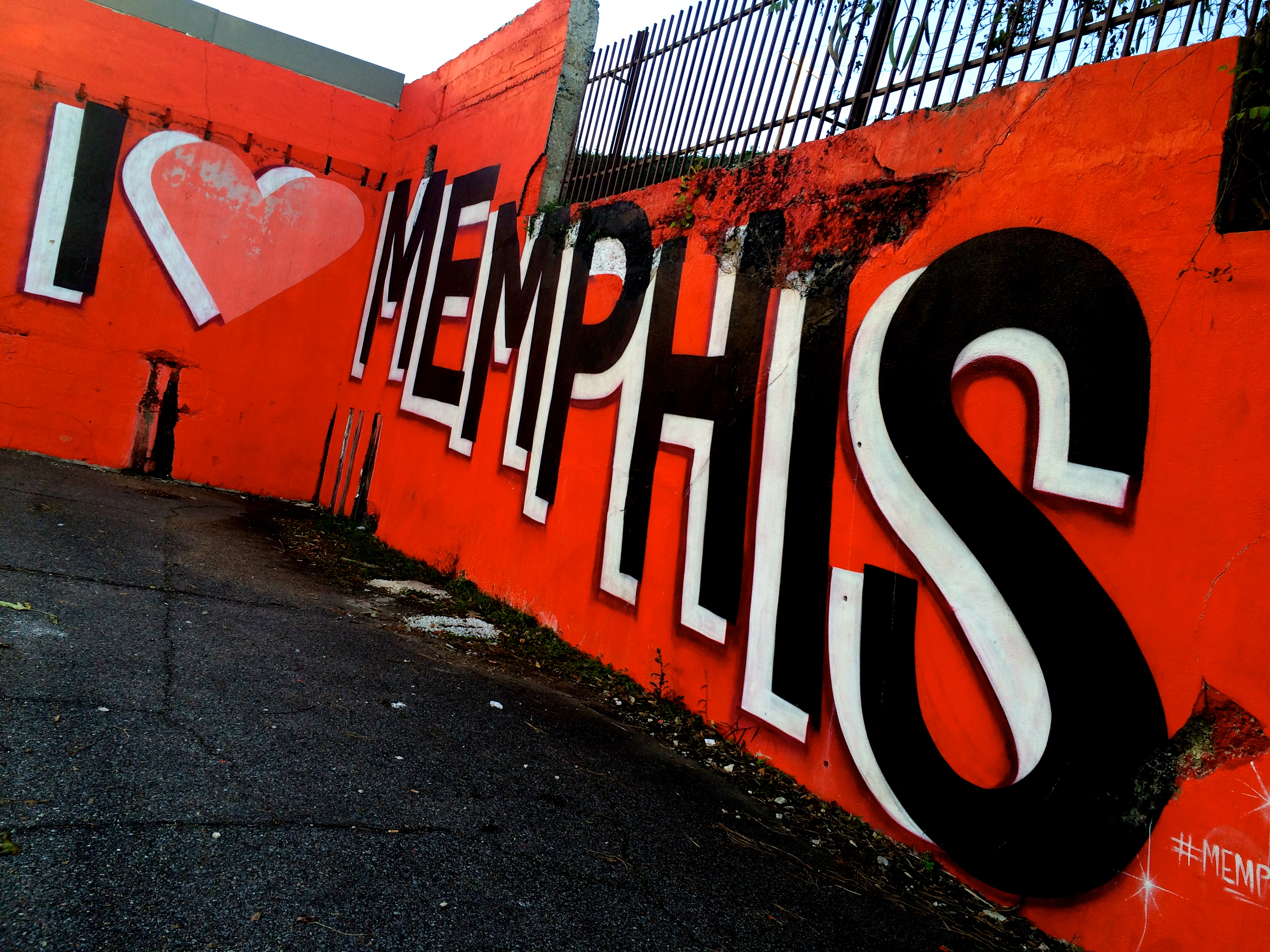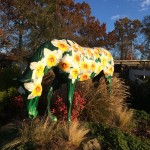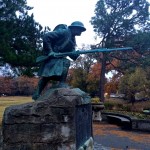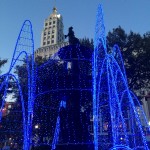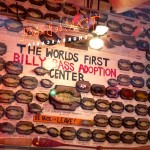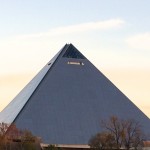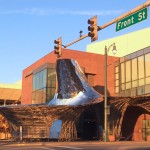Several groups have been under fire recently for finding themselves in a sticky situation regarding divisions of race. The story that inspired me to write this blog post was featured on NPR earlier this week. In it, interviewee Adrian Piper explains that she refuses to “allow her work to be exhibited in ‘all black shows’ because she believes that these shows ‘perpetuate the segregation of African American artists from mainstream contemporary art”.
In another article, Amanda Filipacchi, an op-ed writer for the New York Times, called out Wikipedia for removing female writers from the list of “American Novelists”. Female American novelists who found themselves placed in a subcategory (without an equivalent subcategory for male American novelists) cried foul.
According to these authors, it is segregation all over again. Why are gender and ethnicity the defining features in these cases, rather than, say, time period or subject matter?
On the other end of the spectrum, some sub-groupings based on gender or ethnicity are lauded and fiercely defended. For example, scholarships for girls who pursue STEM fields are extremely popular. So is the National Achievement Scholar program, which was created as the black counterpart of the National Merit Scholar program. It is worth noting that programs like these sometimes have lower or different standards than their traditional, mainstream counterparts.
Advocates for these special allowances, which are founded in racial and/or gendered preference, posit that preference is necessary to protect the recipients from the effects of institutional discrimination. Opponents say that special categorizations also have the power to stigmatize, objectify, and devalue their recipients (source).
When considering the issue theoretically, I believe that receiving (or being denied) privileges based on gender or ethnicity is unjust. However, I am much less likely to disagree when racial or gendered preference is shown in the form of scholarships reserved for black, latino, and female students. So, where is the line between correcting for disadvantage and acting unfairly?
What I have to wonder is whether creating a separate set of standards gives society permission to discriminate in a different way, via tokenism. By making special groups for minorities, are we creating a false appearance of inclusiveness to deflect accusations of sexism and racism?
Ideally, people would just be scientists or writers or artists, regardless of gender and race. An old adage says, give a man a fish and he eats for a day; teach a man to fish and he eats for a lifetime. Instead of giving hungry people a meal in the form of school scholarships, art exhibits, and other special categorizations, we should consider what it would look like to address the root of the problem: the origins of inequality in our society. It is harder and messier, but I think the result would be a more durable and meaningful solution to the problem. In the end, we will be able to get rid of things like Black History Month and special Latino art exhibits and scholarships for female scientists… because we will not need them. All these people would have a mainstream presence in their field.
I’m not sure we’re there yet.
